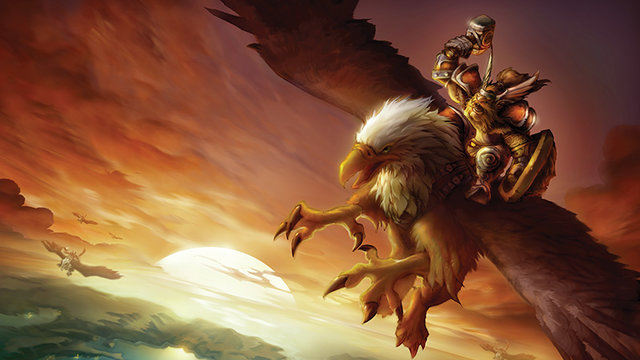Following the recent launch of WoW Classic, Activision Blizzard has enjoyed a 6% rise in stock, putting the company in the best financial shape it’s been in throughout the whole of 2019 so far. Currently sitting at $50.60 a share at the time of writing, the company’s stock prices are the highest they’ve been since November 18, 2018, and if anything, this points towards the power that nostalgia has over gamers. Activision has certainly found success with remasters like Crash Bandicoot N. Sane Trilogy and Spyro Reignited Trilogy in the past, but not quite to this extent.
WoW Classic sees the original World of Warcraft MMORPG experience which took the world by storm return in faithful fashion, having initially been inspired by the popularity of private game servers. It’s been so well-received that the queue time just to access and play the game is reported to be lengthy, as are the literal in-game queues which are seeing tens of players form orderly lines in order to fairly distribute rare loot drops.
ALSO: Minecraft player arrested after ‘joking’ about school shootings in Discord
The game also amassed over 1 million concurrent Twitch viewers within minutes of its launch, which is perhaps an even greater indicator of WoW Classic‘s immediate popularity. Even now the game sits atop the most-watched games list by some significant margin, currently boasting more than five times the viewership of hugely popular MOBA League of Legends, which now occupies second place. Not only does this display the gaming community’s appetite for nostalgia, but, as was pointed out by video game industry analyst Daniel Ahmad, it shows that there’s most definitely still a market for subscription-based games.
MMOs featuring a monthly subscription fee were once the norm before the burgeoning free-to-play games market saw them largely die off. Paying $15 a month in many cases started to turn players away and so lots of titles transitioned to a free-to-play business model supported by microtransactions. But now, as is often the cyclical nature of things, millions seem to be welcoming a shift back. If publishers see that there’s potential money to be made, it’s very probable that we’ll start to see more subscription-based games releasing across all platforms.







